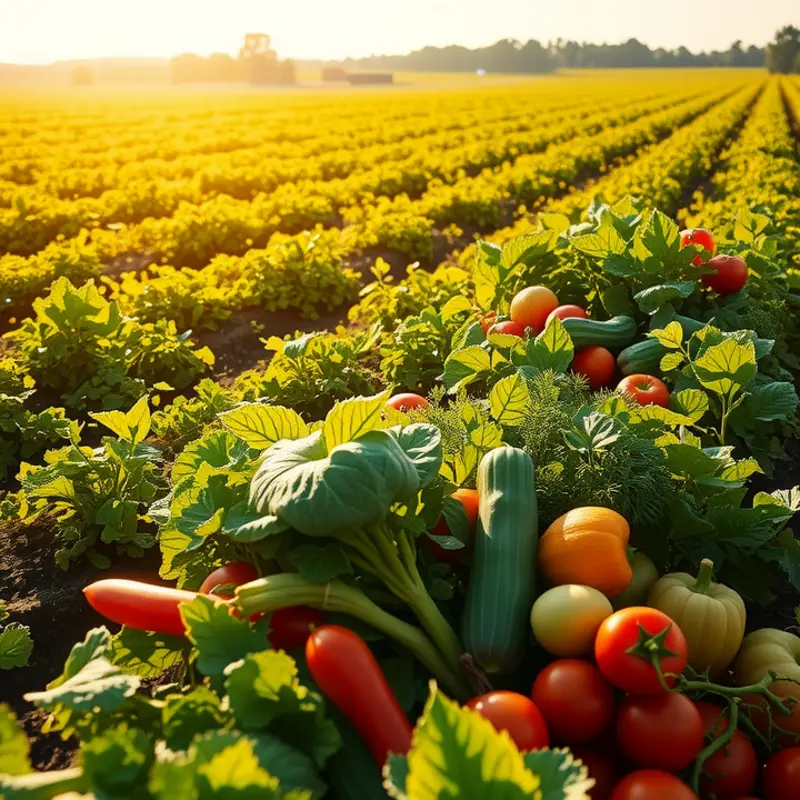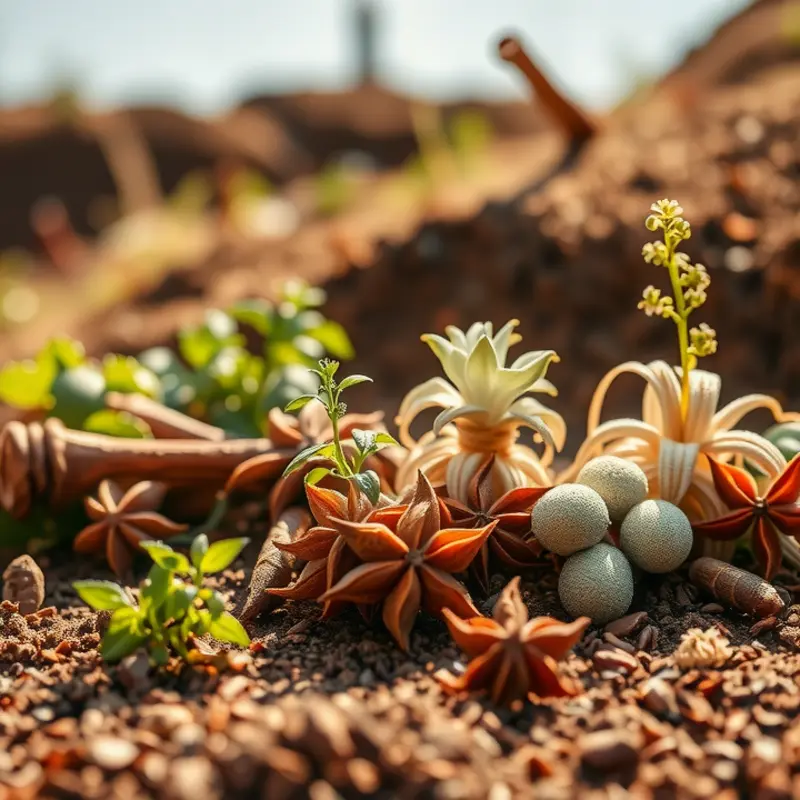Exploring the cooking techniques of ancient tribes offers a glimpse into the heart of diverse cultures. From the smoky flavor of fire-roasted meats to the delicate preparation of herbal infusions, these culinary practices provide not only sustenance but also a connection to the earth and community. Each method tells a story of survival, creativity, and respect for natural resources. Let’s embark on a flavorful adventure through the ages and uncover the vibrant history and techniques that shaped our palate today.
Earth to Table: The Cooking Techniques of Indigenous Tribes

Indigenous tribes worldwide have developed unique cooking methods that connect them deeply with their environments. These practices, such as earth ovens, smoking, and drying, reflect an intimate understanding of local ecosystems and promote sustainable food preparation.
One of the most fascinating techniques is the use of earth ovens, known as hāngi in New Zealand or pit cooking in the Americas. This method involves digging a pit in the ground and heating stones at the bottom. Once heated, food is placed on top, covered with leaves or cloth, and buried to cook for several hours. This slow-cooking method ensures maximum flavor and tenderness, marrying the food with the earth’s natural aroma.
Smoking is another age-old technique embraced by tribes across continents. Indigenous tribes in the Amazon, the Pacific Northwest, and Siberia use smoking not only to preserve fish and meats but also to add distinct, rich flavors. Smoking acts as a natural preservative, enhancing the taste profile of food while ensuring longevity. This practice inherently relies on local woods and materials, connecting the product back to the landscape it came from.
Drying is perhaps one of the simplest yet effective methods employed. Tribes from Africa to the Arctic have harnessed the sun or wind to dry fruits, vegetables, and meats. This technique reduces the moisture content, preventing spoilage while concentrating nutrients and flavors. The preservation strategy is embedded in the very fabric of their nutrition, allowing these communities to sustain themselves through leaner times.
These tribes’ reliance on local resources highlights their culinary innovation and sustainability focus. By utilizing what is available in their immediate surroundings, they ensure their cooking methods are resource-efficient and maintain ecological balance. In understanding these techniques, one gains a glimpse into the lifestyle and priorities of these communities, where food serves as a bridge between the people and the land.
For a deeper dive into how traditional food practices can inspire modern sustainable eating habits, consider exploring “Sustainable Food Traditions” where similar themes are explored in more contemporary contexts.
The rich tapestry of indigenous culinary arts offers profound insights into how food preparation is not just about survival but is deeply rooted in cultural significance and environmental stewardship. These traditional techniques serve as a reminder of the importance of preserving these ancient arts and considering their application in today’s culinary adventures.
Fire and Flavor: Techniques of Cooking with Fire

Fire has been a cornerstone of cooking for ancient tribes around the world. Its potential to transform raw ingredients into delightful meals is unmatched. Among the myriad methods utilizing fire, spit-roasting, grilling, and pit cooking stand out. These techniques not only offered unique flavors but also strengthened social bonds within communities.
Spit-roasting, one of the earliest forms of cooking meat, involved skewering large cuts on sticks or metal rods, slowly rotating them over open flames. This technique allowed meat to cook evenly, capturing the earthy smokiness of the fire. Spit-roasting wasn’t just about sustenance; it was a communal event. Tribes gathered around the fire, sharing stories and songs as the aroma filled the air. The rhythmic sound of the meat sizzling was a prelude to the feast that followed.
Grilling, another ancient practice, involved placing food directly on grates over the fire. This straightforward method highlights fire’s ability to sear meat with a caramelized crust while keeping the inside moist. Grilling provided a quick and efficient way to prepare food, making it suitable for gathering around the hearth. The Maillard reaction, a chemical process that gives grilled food its distinctive flavor and texture, was unknowingly perfected by these early chefs, enhancing flavors that remain sought-after today.
Pit cooking showcases the ingenuity of ancient tribes who utilized earth’s insulation properties. This technique involved digging pits in the ground, lining them with stones, and filling them with hot coals. The meat or vegetables were then placed inside, often wrapped in leaves, and covered with more coals or earth. This slow-cooking method was perfect for large gatherings. It allowed communities to cook substantial amounts of food, infusing it with a unique, smoky essence from the surrounding materials. The anticipation of uncovering a pit after hours of cooking was a significant event that brought people together.
These age-old techniques underscore the importance of cooking with fire beyond mere sustenance. They were central to community life, offering not just cooked food but also experiences that bonded tribes through shared aromas and flavors. Such methods resonate in today’s culinary world, reviving the primal satisfaction of cooking over an open flame.
Modern chefs and home cooks alike draw inspiration from these ancient practices. Grilling remains a favored method for its simplicity and ability to impart a unique taste. The use of smokers and BBQ pits in contemporary cooking is a testament to the enduring allure of these old-world techniques.
For those interested in exploring more about how ancient cooking methods influence modern sustainable practices, check out this article on sustainable food traditions. The integration of these historic techniques with sustainable practices is an evolution of culinary art that honors its roots while adapting to current environmental needs.
Final words
The cooking techniques of ancient tribes are not just practical methods for preparing food; they encapsulate cultural practices, histories, and values that span generations. From earth ovens to fire-roasting, these techniques reflect a deep connection with nature and the community. As modern culinary enthusiasts, appreciating these age-old methods allows us to celebrate diversity in flavors and nurture a respect for the ingredients we use. The rich tapestry of global cuisines is a testament to the creativity and resourcefulness of our ancestors, reminding us to honor the traditions that continue to shape our tables today.








